
Most digital photographers I know try to get the white balance correct in all their photos. I know I fight with it for stage shows at Walt Disney World. If you need a refresher on white balance for digital cameras, visit Lisa’s excellent post, Understanding White Balance.
It’s easy to forget you can use white balance to create interesting color effects. To demonstrate, I set up my tripod in Japan’s pavilion in Epcot’s World Showcase to photograph one of Samurai Warrior statues at night. The statue is illuminated by artificial lights and by adjusting the white balance of the camera, I created the following three photos.
First, I used my standard white balance setting of Auto. Most of the time this works just fine.

Samurai warrior statue at night in Japan’s pavilion using Auto White Balance.
Nikon D70/18-200VR, 20s, f/11, ISO 200, EV 0, 18mm focal length, tripod
Not bad. Yellowish color cast as the light source was very yellow. Next, I tried the Fluorescent white balance setting.
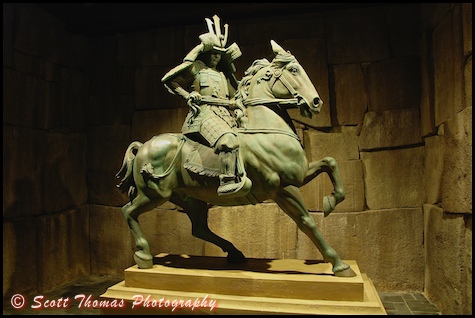
Samurai warrior statue at night in Japan’s pavilion using Fluorescent White Balance.
Nikon D70/18-200VR, 20s, f/11, ISO 200, EV 0, 18mm focal length, tripod
Wow…where did the green come from? Fluorescent lighting is greenish so, under fluorescent lighting, the color would have been correct. Lastly, I changed to Incandescent (light bulb) white balance.
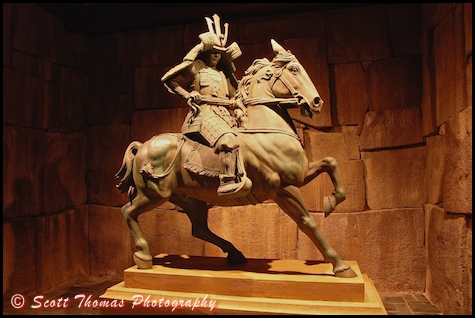
Samurai warrior statue at night in Japan’s pavilion using Incandescent White Balance.
Nikon D70/18-200VR, 20s, f/11, ISO 200, EV 0, 18mm focal length, tripod
I like this as it gave a more truer color of the scene than the Auto mode. Don’t be afraid to experiment with white balance. Just don’t forget to change it back to your normal setting or you may end up with some green or blue images you weren’t expecting.




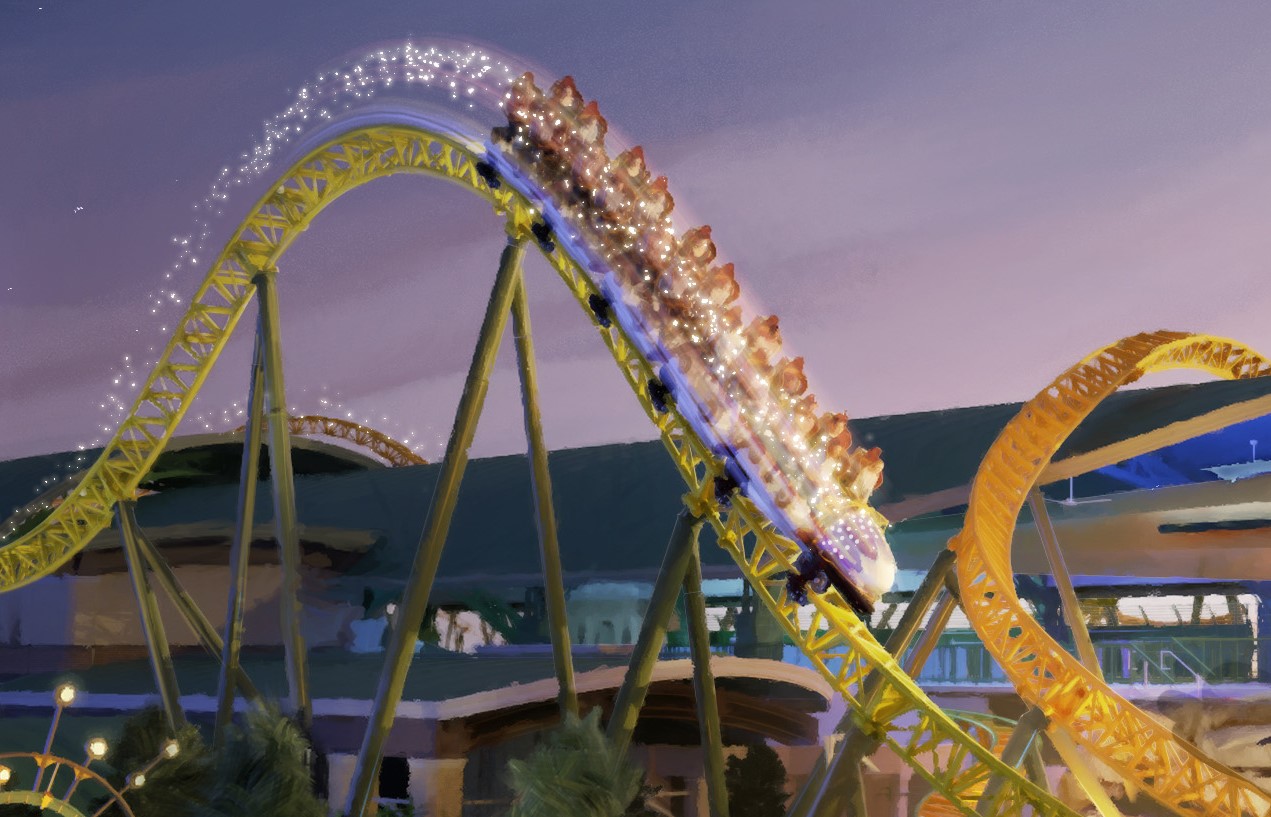
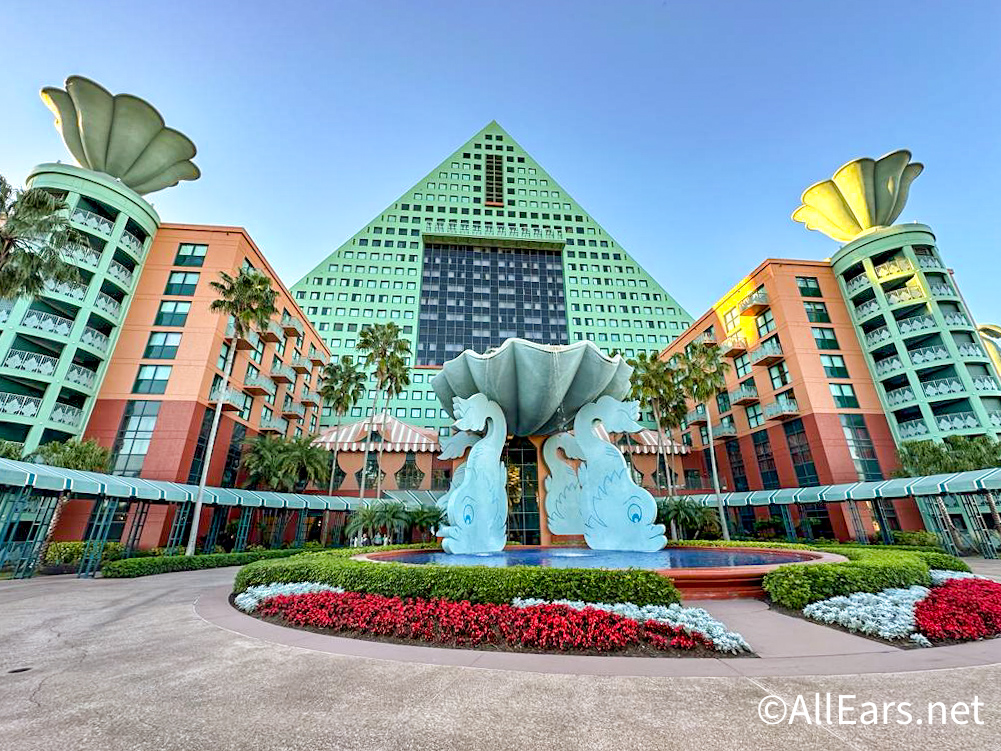

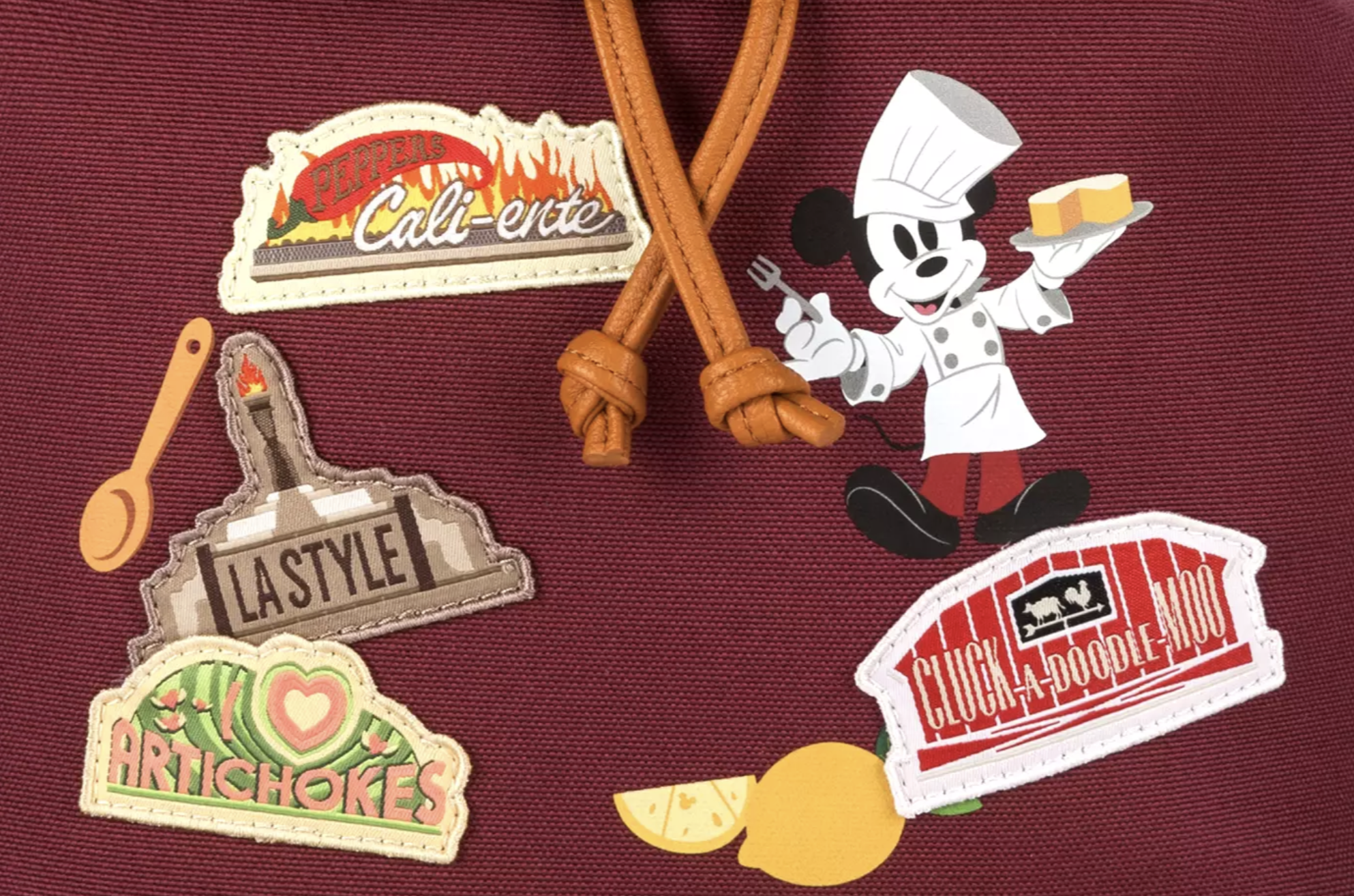
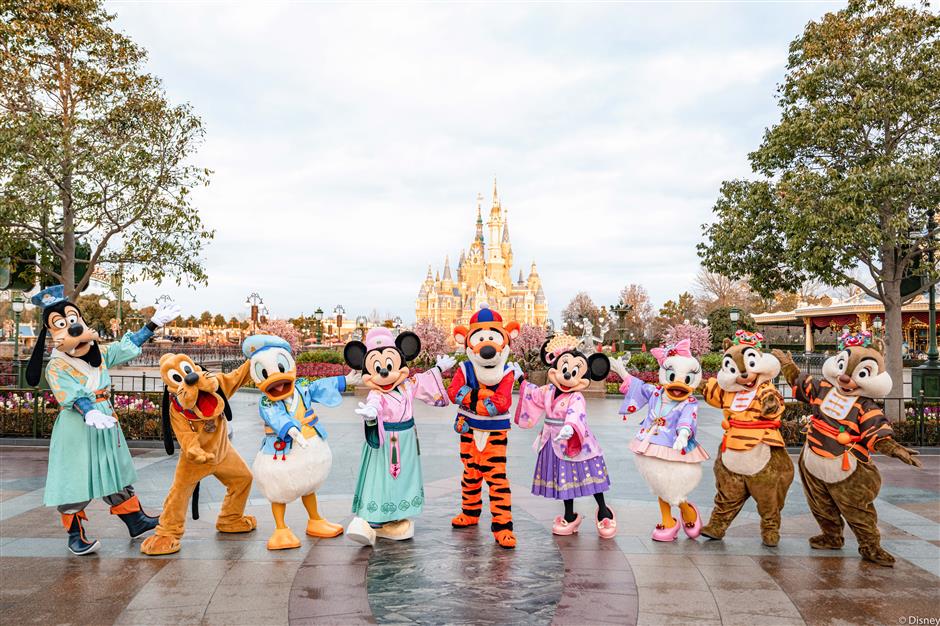
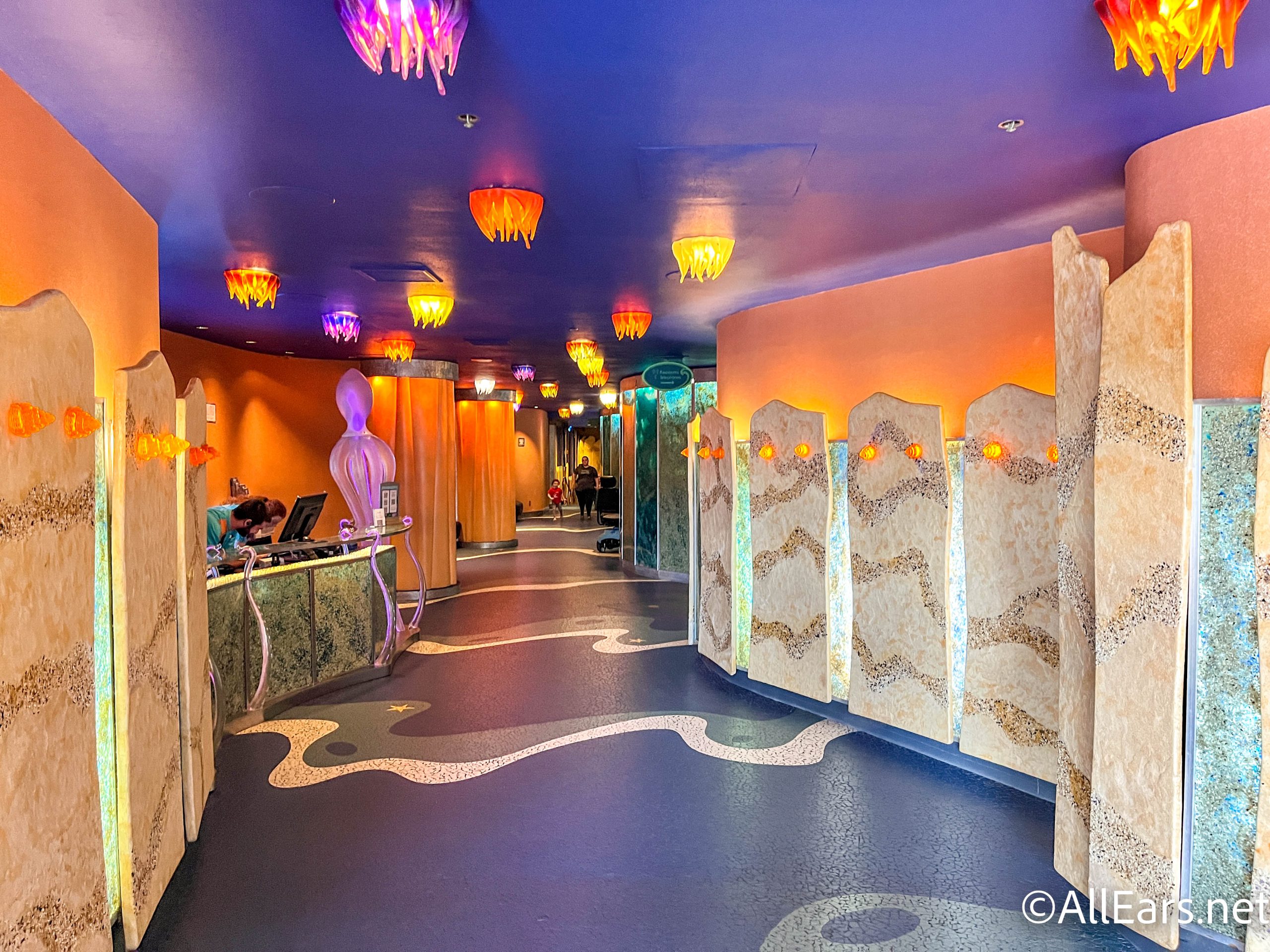

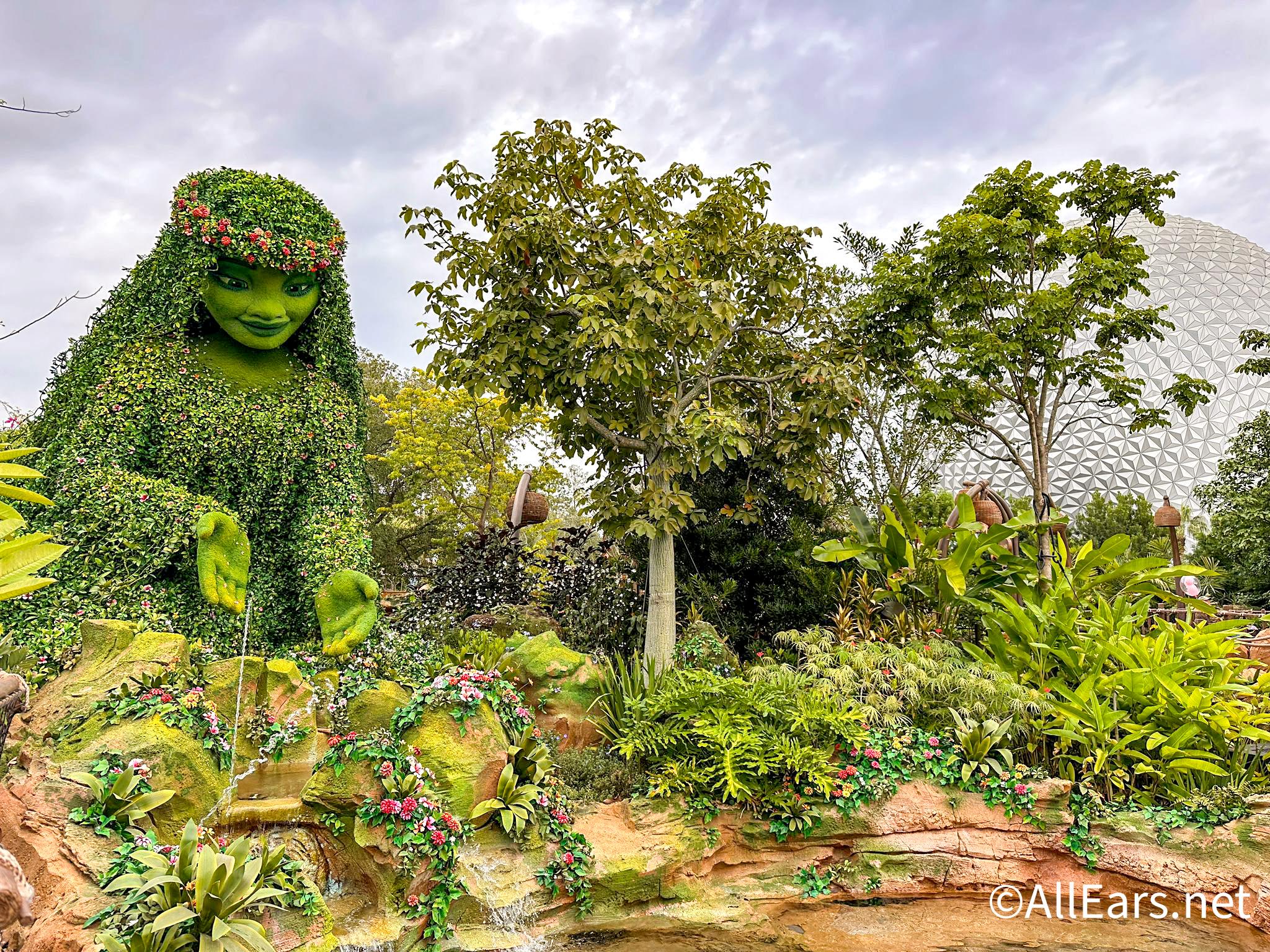

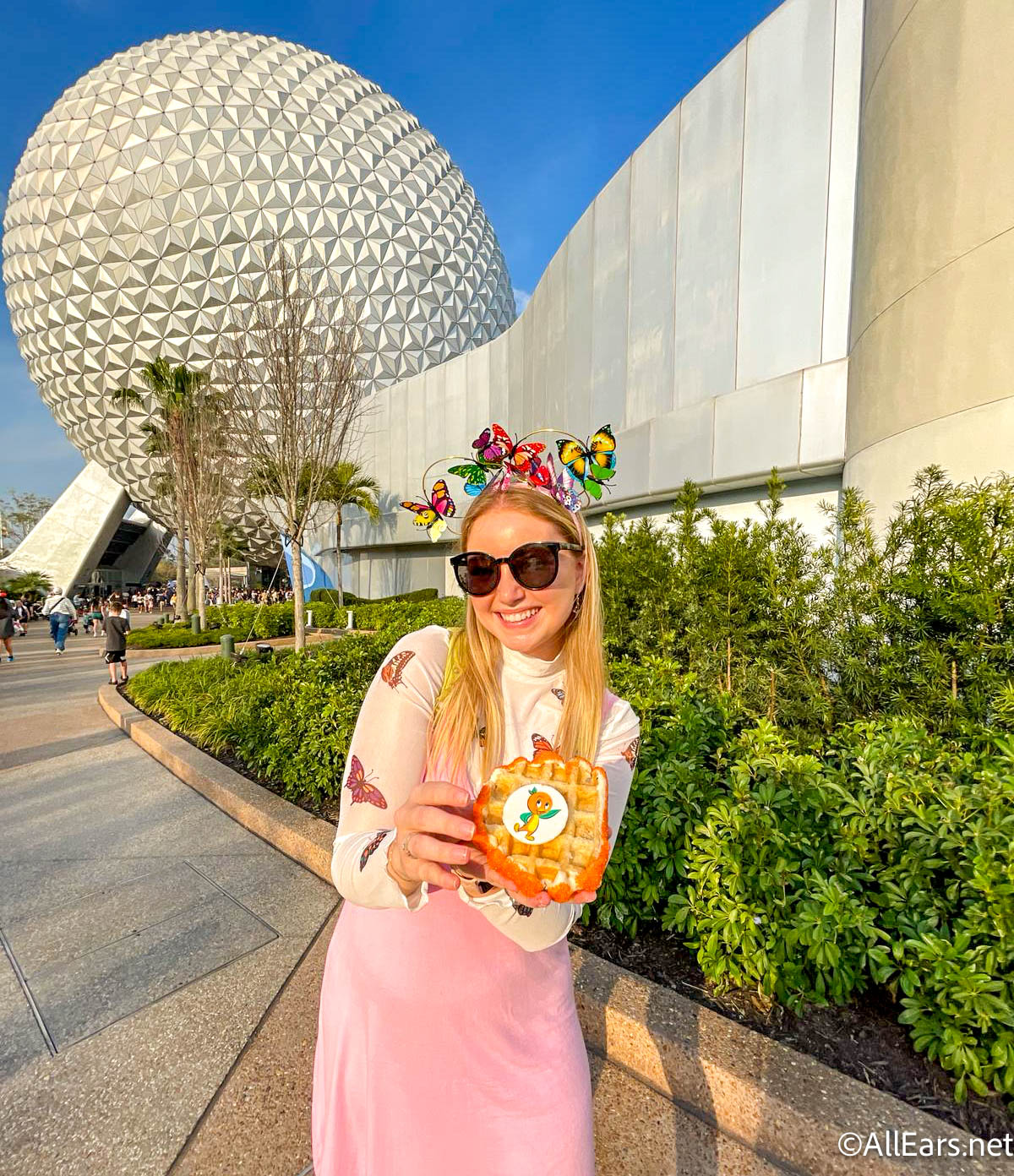
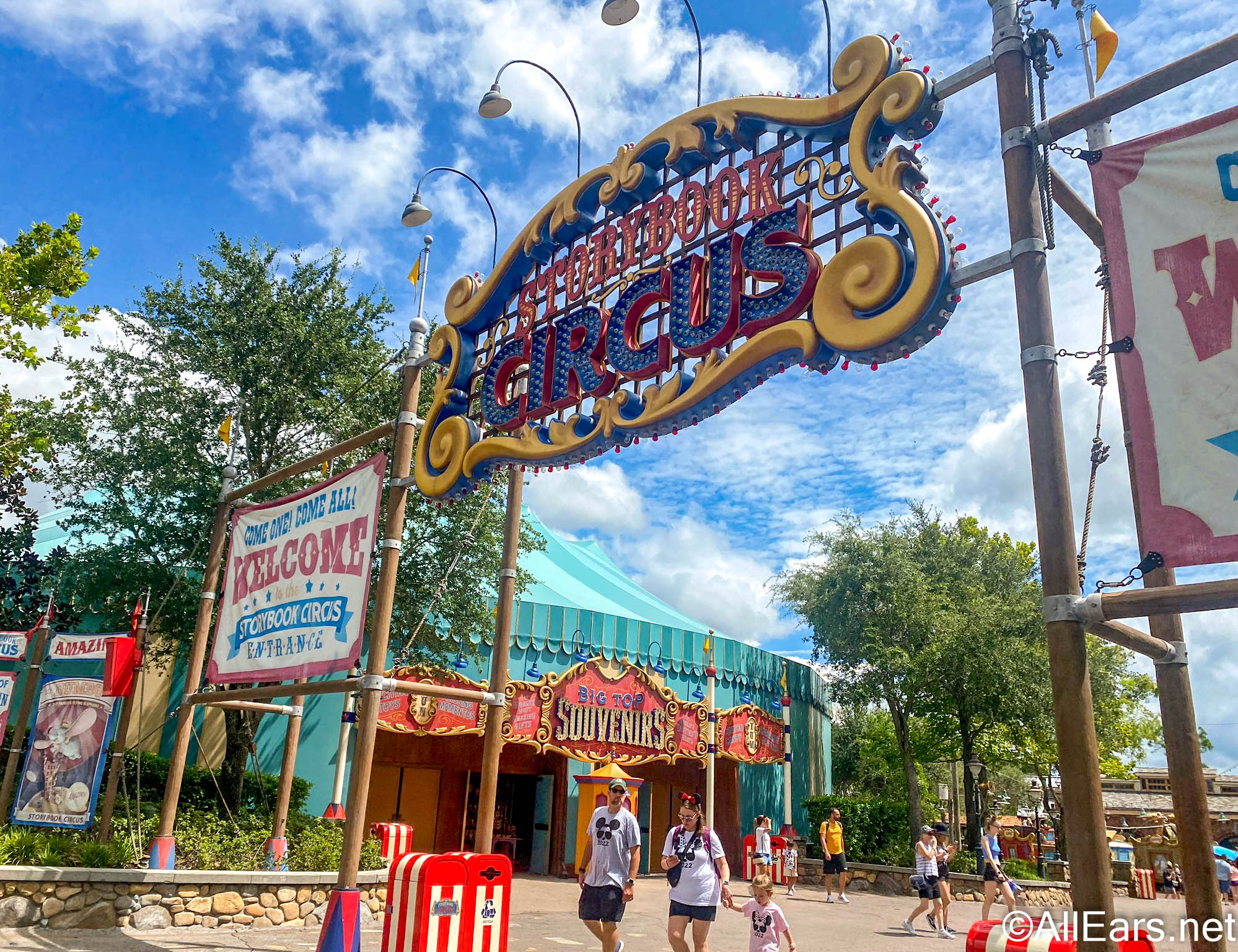




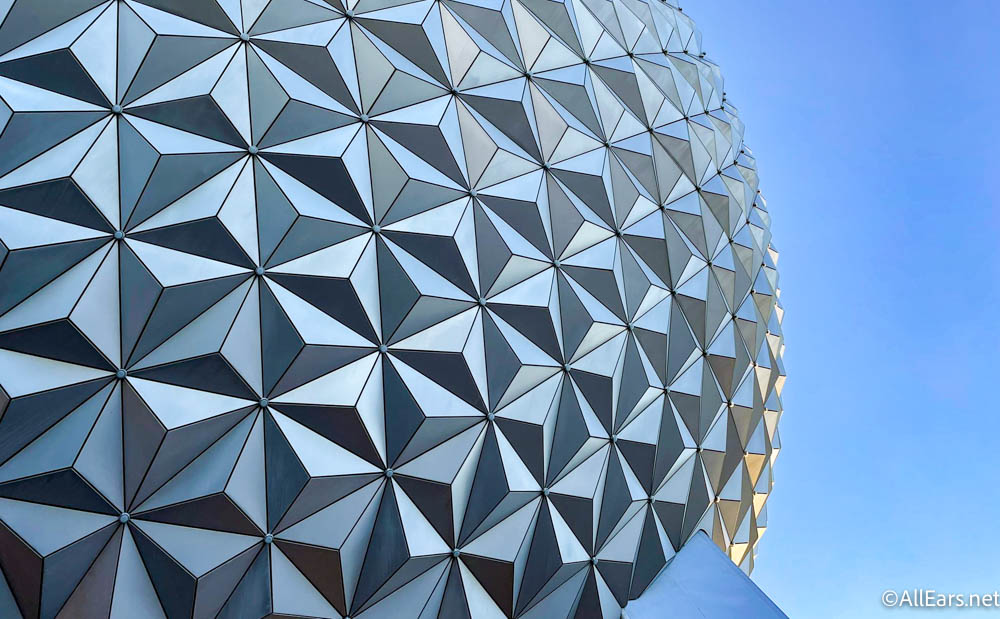
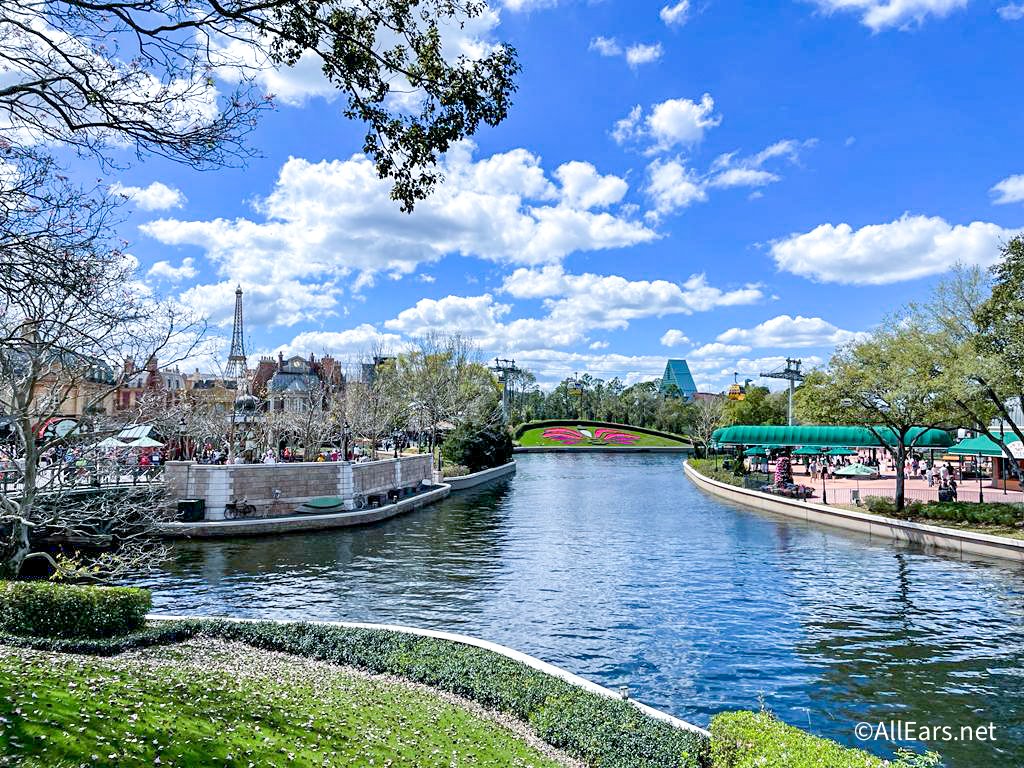
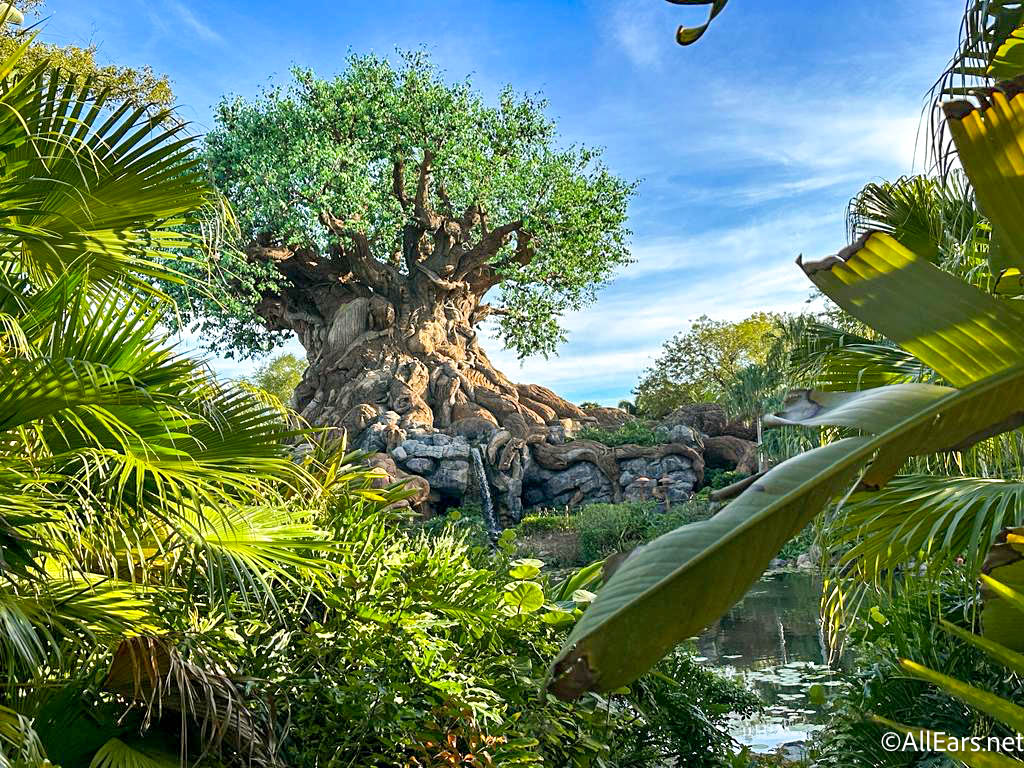

Trending Now
We found your perfect Hollywood Studios tee.
From time to time, rides and attractions are taken out of production temporarily for various...
There's a NEW roller coaster coming to Epic Universe in Universal Orlando, and we've got...
Let's talk about some Criminally Underrated EPCOT hotels!
We have a big Smellephants on Parade update in Magic Kingdom!
This Disney Loungefly is a little late to the party...bur nevertheless you can snag it...
Disney teased a NEW theme park expansion and we have an update on a ride...
These Disney World restaurants needs some TLC.
A Hollywood Studios attraction is closing for refurbishment in one week!
I write about Disney World nearly every single day, and my coworkers are there EVERY...
We're here to expose the backstage transportation at Disney World!
Drinking around the world in Disney's EPCOT is so much fun, but you need to...
A new experience is on its way to the Magic Kingdom's Storybook Circus.
Victoria & Albert's at Disney World just received a MICHELIN Star!
No one will tell you this about your first day at Disney World, but WE...
Here are 15 reasons why we'll take the Brightline train again and again!
Genie+ is NOT the same as FastPass+. These are the critical differences you need to...
These rules might seem like no brainers, but they get people kicked out of Disney...
We use these seven cheats at Disney World's EPCOT all the time.
Here are all the attraction closures you need to be aware of in Disney World...